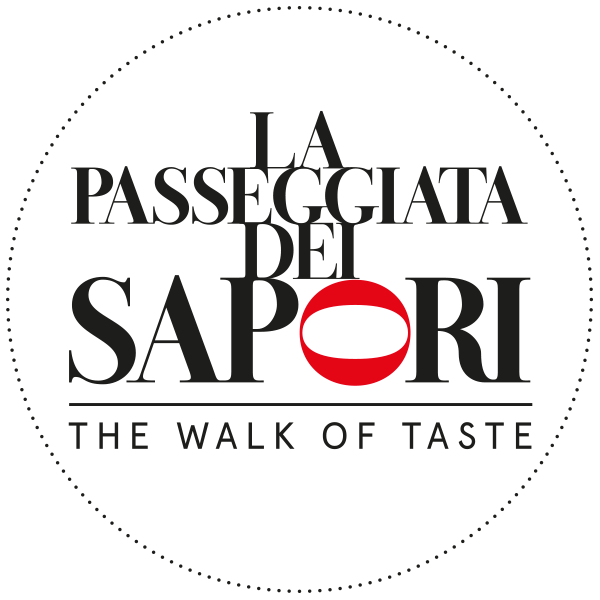Strada dei Genovesi and the Parmesan Lardaroli

Lardarolo shop from a 16th-century fresco at Issogne Castle (Val d’Aosta).

A cattle farm in a 15th-century xylography (Soragna, Museum of Parmigiano Reggiano).

ANNIBALE CARRACCI (1560-1609), Seller of Parmigiano cheese, engraving (Soragna, Museum of Parmigiano Reggiano).

17th-century painting on copper depicting “Saint Lucio distributing food to the poor,” originally located in the Shrine named after him in Val Cavargna, erected on the location of his martyrdom (Cavargna, Como, Church of San Lorenzo).

Detail of the 17th-century map showing Cavargna, “vast territory where are the Cavargna people, who look for that saint” and “San Luguzon: village where they hold a fair on his feast day on June 15 [in reality July 12]“, (Parma, State Archives, Maps and Drawings).

Chorographical map of Lake Lugano, 18th century. At the top right one can see Val Colla and Val Cavargna, with the icon of Saint Lucio martyr (Como, Private collection)

Giuseppe Peroni (1710-1776), “Martirio di San Lucio di Val Cavargna“, oil on canvas, ca. 1770 (Parma, Galleria Nazionale)

“San Lucio, patron saint of the Guild of Lardaroli, whose feast day is celebrated on July 12.” 17th-century Parma engraving depicting the banner of the Guild (Parma, State Archives).

“License to sell with the emblem of Saint Lucio.” 17th-century printed form (Parma, State Archives).

Receipt of the Elder of the Guild of the Lardaroli of Parma in 1696 with the icon of Saint Lucio (Parma, State Archives).

Decree of August 7, 1612, by the notary of the Ducal Chamber of Parma allowing the use of the denomination of Parmigiano only for cheese produced in a number of meticulously listed localities around Parma (Parma, State Archives, Notai camerali di Parma, busta 256).

Register for the visit of Lardaroli shops in Parma in 1738, with an alphabetical list of all shopkeepers in that year (Parma, State Archives).

The deli meat shop of Stanislao Gonizzi in Parma. Stanislao Gonizzi (1877-1927) was the head of a large family of Parmesan deli meat shopkeepers which – with Paolo, Luigi and Alberto – was active until the 1970s. Gonizzi opened his shop in 1907 in Borgo del Parmigianino 31, on the corner with Borgo Retto. We know the arrangement of the shop window through an early photograph and through a 1909 painting, in a rather naif style, by Arnaldo Arduini – photographer, associate in the Zambini studio and then in the Alberto Montacchini studio, expert in the art of photographic retouching and painted portraits. The exterior structure of the shop is a medieval one, with simple stone tables at either side of the entrance and completely devoid of windows and doors. The shop was closed in the “Milanese” way, with large wooden shutters hooking into the supports attached to the grating (Langhirano, Parma Ham Museum).
